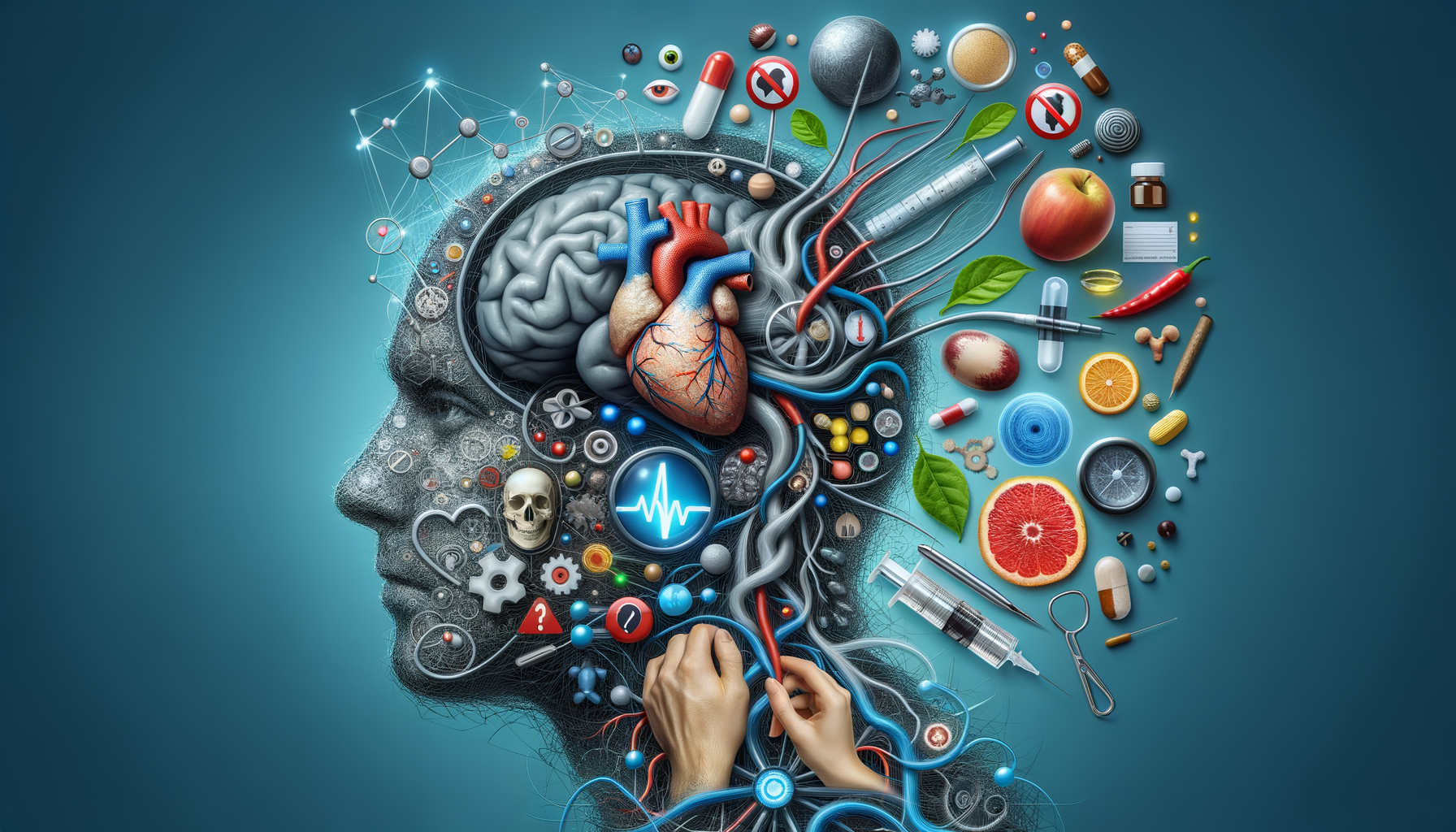
Stroke Warning Signs & Causes Explained
Recognizing the Symptoms of a Stroke
Understanding the symptoms of a stroke can be life-saving. Strokes often occur suddenly, and the symptoms can be diverse. One of the most common signs is sudden numbness or weakness in the face, arm, or leg, particularly on one side of the body. This can occur without any prior warning, making it crucial to recognize quickly.
Other symptoms include confusion, trouble speaking, or difficulty understanding speech. These cognitive disruptions can be frightening but are key indicators of a stroke. Vision problems, such as blurred or double vision, and difficulty walking, dizziness, or loss of balance are also common. Each of these symptoms can appear rapidly and without warning.
Acting fast is crucial. The acronym FAST (Face drooping, Arm weakness, Speech difficulties, and Time to call emergency services) is a helpful tool for remembering the major symptoms of a stroke. If you or someone else displays these symptoms, seeking immediate medical attention is imperative, as timely intervention can significantly affect outcomes.
Understanding the Causes of Stroke
Strokes are primarily caused by an interruption in blood flow to the brain, which can result from a variety of factors. The two main types of strokes are ischemic and hemorrhagic. Ischemic strokes, which account for approximately 87% of all strokes, occur when a blood clot obstructs a blood vessel supplying the brain. These clots often form in arteries damaged by atherosclerosis, a condition characterized by the buildup of fatty deposits.
Hemorrhagic strokes, on the other hand, occur when a blood vessel in the brain bursts, leading to bleeding in or around the brain. High blood pressure is a significant risk factor for this type of stroke, as it can weaken blood vessels over time. Other causes include aneurysms or arteriovenous malformations.
Understanding these causes highlights the importance of managing risk factors such as hypertension, cholesterol levels, and lifestyle choices. Regular medical check-ups and a healthy lifestyle can help reduce the risk of stroke by addressing these underlying causes.
Risk Factors and Prevention Strategies
Several risk factors can increase the likelihood of experiencing a stroke. Some are uncontrollable, such as age, family history, and gender, with older individuals and men being at higher risk. However, many risk factors are modifiable through lifestyle changes and medical intervention.
High blood pressure is the most significant modifiable risk factor for stroke. Regular monitoring and management through medication, diet, and exercise can significantly reduce this risk. Similarly, high cholesterol levels can lead to atherosclerosis and increase stroke risk. A healthy diet low in saturated fats and cholesterol, along with regular physical activity, can help manage these levels.
Smoking and excessive alcohol consumption are also major risk factors. Quitting smoking and limiting alcohol intake can greatly reduce stroke risk. Additionally, managing diabetes through diet, exercise, and medication is crucial, as uncontrolled blood sugar levels can damage blood vessels.
By understanding and addressing these risk factors, individuals can take proactive steps to prevent strokes and improve overall health.
The Importance of Immediate Medical Attention
When it comes to strokes, time is of the essence. Immediate medical attention is crucial in minimizing the long-term effects of a stroke. The faster a person receives treatment, the better the chances of recovery and reducing potential complications.
In cases of ischemic strokes, treatments such as clot-busting medications or mechanical thrombectomy can be administered to restore blood flow to the brain. These treatments are most effective when given within a few hours of the onset of symptoms. For hemorrhagic strokes, medical intervention may involve controlling bleeding and reducing pressure on the brain.
Recognizing the symptoms and acting quickly by calling emergency services can make a significant difference in outcomes. Delays in treatment can result in more extensive brain damage and a longer recovery period. Public awareness campaigns emphasize the importance of recognizing stroke symptoms and seeking immediate medical help.
Conclusion: Raising Awareness for Better Outcomes
Understanding the symptoms and causes of stroke is vital for improving outcomes and saving lives. By recognizing the warning signs and knowing the risk factors, individuals can take proactive measures to prevent strokes. Public education and awareness are key to ensuring that more people can act quickly and appropriately when faced with a stroke.
Encouraging regular health check-ups and adopting a healthy lifestyle can significantly reduce the risk of stroke. Moreover, spreading awareness about the importance of immediate medical attention can lead to better outcomes for those affected by strokes.
In conclusion, knowledge is power. By staying informed, individuals can better protect themselves and their loved ones from the devastating effects of stroke.


